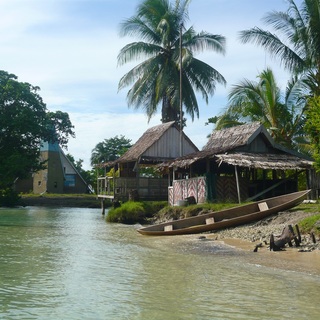Requirements
Customer: Seqwater
Seqwater is the Queensland Government Bulk Water Supply Authority and manages over $11 billion of water supply infrastructure. This includes dams and weirs, conventional water treatment plants, a desalination plant, the Western Corridor Recycled Water Scheme, as well reservoirs, pump stations and more than 600 kilometres of bi-directional pipeline network. As part of Seqwater’s climate change risk management, this project assessed climate change vulnerability of Seqwater’s built assets.
Solutions
Conducting portfolio wide vulnerability assessment allows large infrastructure owners such as Seqwater to identify their major vulnerable assets to climate change. This is now helping Seqwater to prioritise their climate change risk management efforts and move towards conducting more detailed risk assessments of those vulnerable assets and ultimately using these to prioritise effort for developing detailed climate adaptation plans.
The vulnerability tool we developed, presented locations of Seqwater assets, climate change projections, and a number of hazard layers including maps showing flood, bush fire, sea level rise and erosion hazard maps. The mapping tool enables Seqwater to integrate the study results into their existing asset management system.
Benefits
This multi-hazard study included collection of climate change and sea level rise projections and other hazard data (bushfire, catchment flood) from 14 local government authorities in the south east Queensland region and analysing them to identify the most vulnerable Seqwater assets. We followed the IPCC framework of vulnerability for this study. To determine vulnerability to different climatic hazards, we considered parameters about assets such as its age, material type, relative position (i.e. above or below ground) etc. We also evaluated the interdependencies of some of the critical assets. To support internal Seqwater capacity building on understanding climate change risks of built assets, an online and clickable spatial asset vulnerability tool using ArcGIS story board was also developed.




